aluminum sill pans?
dgmarie
13 years ago
Featured Answer
Sort by:Oldest
Comments (18)
millworkman
13 years agodgmarie
13 years agoRelated Professionals
Madison Window Contractors · Two Rivers Window Contractors · Sherman Oaks Window Contractors · Westmont Window Contractors · Fountain Hills Interior Designers & Decorators · Garden Acres Interior Designers & Decorators · Bay City General Contractors · Champaign General Contractors · Elmont General Contractors · Ken Caryl General Contractors · Murrysville General Contractors · Panama City Beach General Contractors · Valley Stream General Contractors · Olathe Carpenters · Rantoul Carpentersdgmarie
13 years agokaib
13 years agodgmarie
13 years agodgmarie
13 years agoWindows on Washington Ltd
13 years agodavidgipson
11 years agommarse1
11 years agoWindows on Washington Ltd
11 years agodavidgipson
11 years agoWindows on Washington Ltd
11 years agobrickeyee
11 years agojdelano
2 years agoEast Bay 10
2 years agotoddinmn
2 years agojdelano
2 years ago
Related Stories
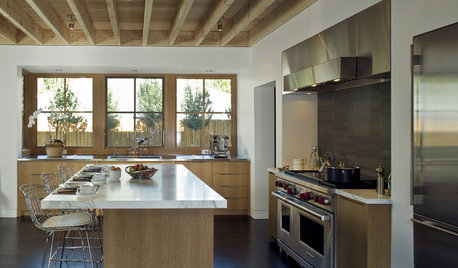
MATERIALSAn Architect Shares His Go-To Materials
Aluminum doors, porcelain tiles, polished concrete. Here are the features and finishes this professional returns to time and again
Full Story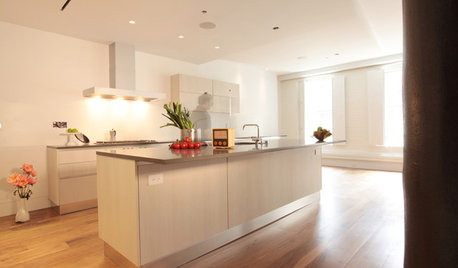
KITCHEN DESIGNHow to Become Friends With the Kitchen Again
Get ready for cooking season with music, cookbooks, light, herbs in the window sill and more
Full Story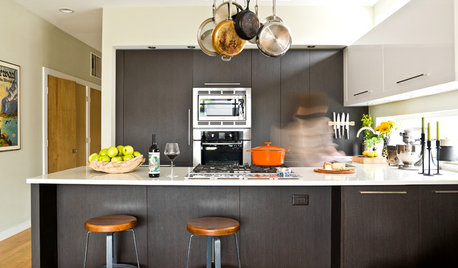
HOUSEKEEPINGHow to Clean Your Cookware So It Lasts
Avoid damage during everyday cleaning and stain scrubbing, with these tips for pots and pans made of popular materials
Full Story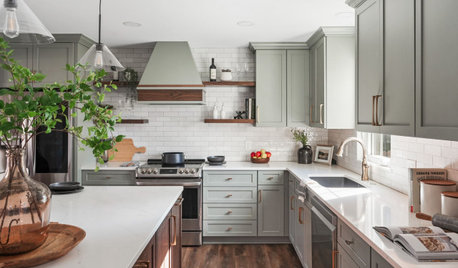
FEEL-GOOD HOME8 Tips for Harmony in the Kitchen
Frustrated by the arguments that arise over kitchen duties? Check out these coping strategies
Full Story
MOST POPULARThanksgiving Tales: When the Turkey Tanks
Houzz readers prove adept at snatching victory from the jaws of entertaining defeat
Full Story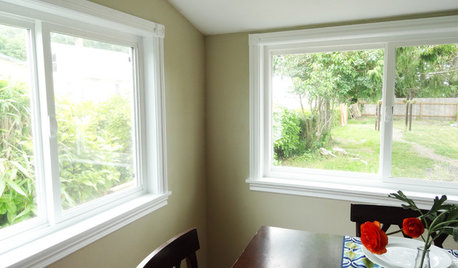
WINDOWSHow to Replace Window Trim
For finishing new windows or freshening the old, window trim gives a polished look with less effort than you may think
Full Story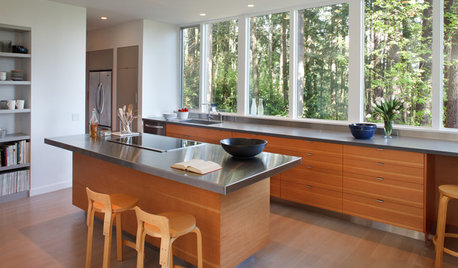
KITCHEN DESIGNPlay the Trading Game With Kitchen Storage and Views
Cabinets have their place, of course, but just imagine handling kitchen tasks with a glorious panorama for company
Full Story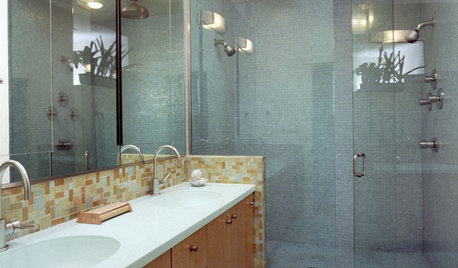
BATHROOM DESIGNThe No-Threshold Shower: Accessibility With Style
Go curbless between main bath and shower for an elegant addition to any home
Full Story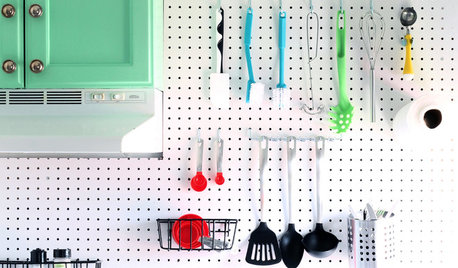
KITCHEN STORAGEBoost Your Kitchen Storage With Pegboard on a Wall
Julia Child knew it: This budget-friendly material is a winner for wall organization
Full Story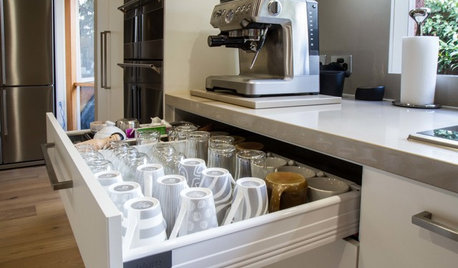
KITCHEN STORAGEPulling Power: Clever Drawer Tactics for a Kitchen
It’s not how many drawers you have in your kitchen; it’s how they work for you
Full StorySponsored
More Discussions






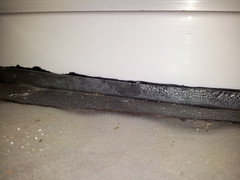

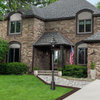

Camden Greenlee